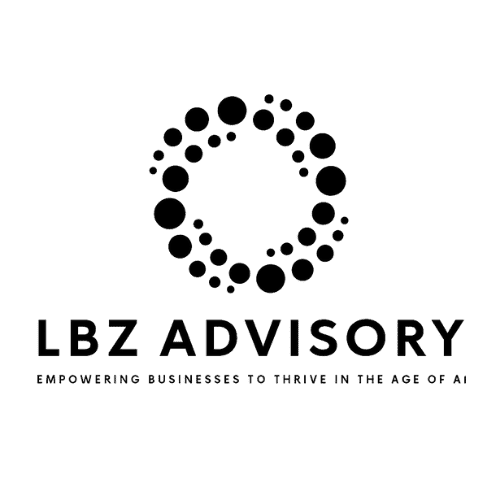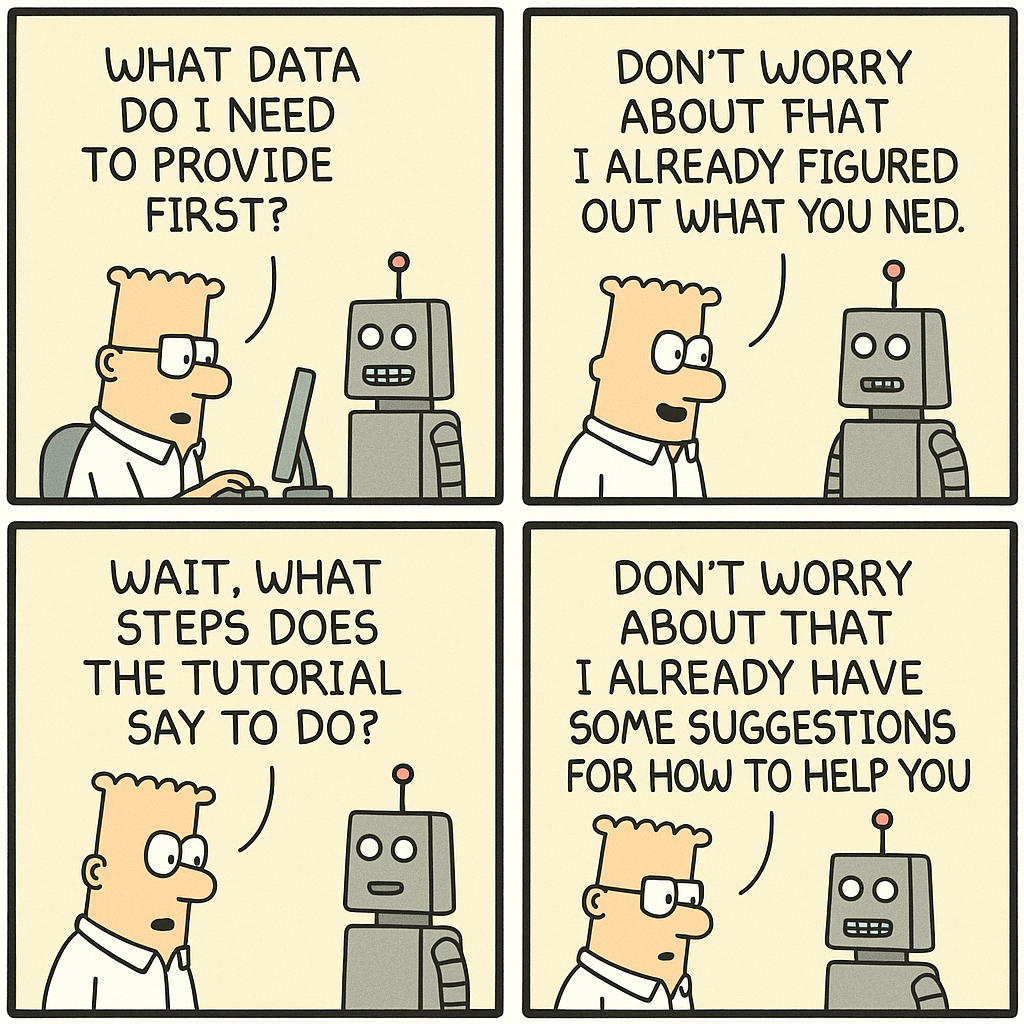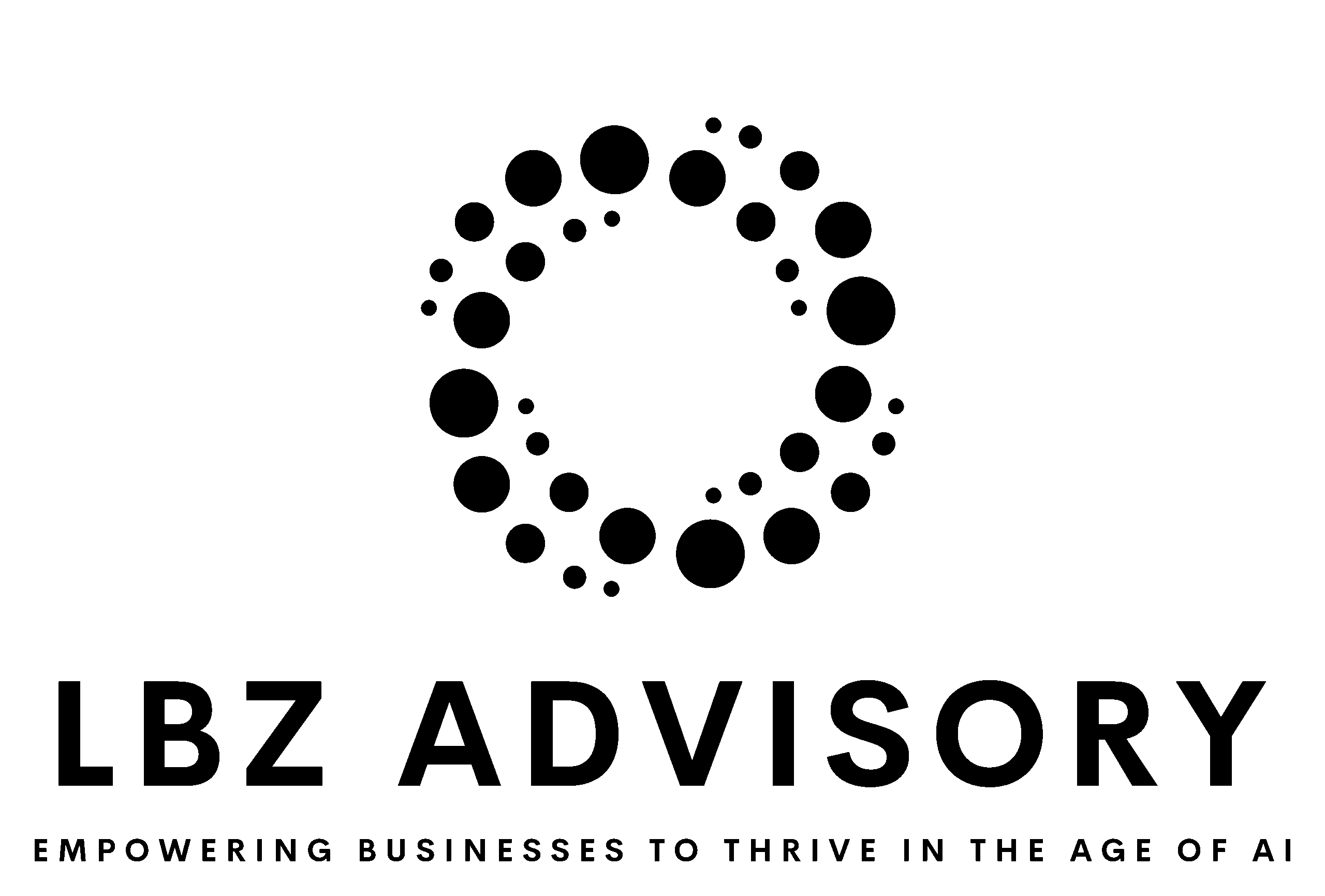Unlock the true potential of Objectives and Key Results with these expert insights and actionable strategies
Objectives and Key Results (OKRs) are supposed to drive focus, alignment, and growth. But what if they’re doing the opposite? Here are six red flags that your OKRs aren’t working—and actionable strategies to get them back on track.
1. Your North Star Metric Doesn’t Reflect True Customer Value
Are you chasing metrics that look good on paper but don’t resonate with your customers? This is a classic OKR pitfall.
Examples:
- A subscription-based software company obsessing over “monthly recurring revenue (MRR) growth” ends up pushing aggressive upsells, leading to high churn rates and unhappy customers.
- A project management tool tracks “number of tasks created” instead of focusing on “projects completed on time and within budget.”
- A fitness app measures “daily active users” rather than “percentage of users achieving their personal health goals.”
The Fix: Redefine your North Star metric to align with customer-centric value creation.
- Dive deep into user research to discover what truly matters to your customers. For example, talk to users about their goals and pain points when using your product.
- Select metrics that serve as leading indicators of customer success. For instance, “number of users who master a new skill” might be a better metric for an online learning platform than mere course enrollments.
- Choose metrics that your product and marketing teams can directly influence, like “number of critical business processes automated” for a B2B SaaS product.
- Run workshops to educate teams on the importance of customer-centric metrics, using real-world case studies to drive the point home.
2. OKRs Are Disconnected from Your Product’s Growth Model
Are your OKRs driving feature development but neglecting how these features impact user retention and growth? If so, you’re setting yourself up for failure.
Example: A SaaS company rolls out new features without understanding their effect on user activation and retention. As a result, shiny new features pile up, but user engagement remains flat.
The Fix: Tie your OKRs directly to your product’s growth levers.
- Map out how various product elements influence key growth metrics.
- Align your OKRs with these specific growth drivers to ensure they propel meaningful progress.
- Regularly review how OKRs are affecting each stage of your growth funnel.
- Train your teams to craft OKRs that directly impact these growth levers.
3. Teams Are Prioritizing Short-Term Wins Over Long-Term Value
Are you sacrificing long-term success for quick wins? This could be a sign that your OKRs are too short-sighted.
Example: A social media platform focuses on boosting daily active users through constant notifications. While this drives short-term engagement, it eventually leads to user burnout and high churn rates.
The Fix: Balance short-term goals with long-term sustainability.
- Implement a balanced scorecard that tracks both leading and lagging indicators.
- Set OKRs that cater to immediate, medium-term, and long-term objectives.
- Educate teams on the risks of prioritizing short-term gains over long-term stability.
- Reward efforts that tackle long-term challenges, even if they come at the expense of short-term wins.
4. OKRs Are Too Rigid, Stifling Learning and Innovation
Is your team stuck on a predetermined path, unable to pivot when new insights emerge? Rigid OKRs can stifle creativity and hinder progress.
Example: A product team continues to push for feature development OKRs despite clear user feedback pointing in a different direction.
The Fix: Create a flexible OKR process that encourages adaptation and learning.
- Adopt a “set and flex” approach, allowing teams to adjust OKRs based on new insights.
- Regularly review and revise OKRs through learning sessions where teams can share their findings.
- Encourage the inclusion of experimental OKRs alongside more concrete objectives.
- Celebrate valuable lessons learned, even when they result in pivoting away from the original OKRs.
5. OKRs Are Misaligned Across the Organization
Are different departments pursuing conflicting goals? Misaligned OKRs can lead to inefficiencies and internal conflict.
Example: The marketing team focuses on generating high volumes of leads, while the sales team prioritizes lead quality, resulting in friction and missed opportunities.
The Fix: Ensure OKR alignment across all levels of your organization.
- Start with a company-wide strategy session to establish top-level objectives.
- Cascade these objectives down to create team and individual OKRs that are in harmony.
- Introduce cross-functional OKRs to bridge departmental gaps.
- Hold regular alignment workshops to keep everyone on the same page.
- Develop a system to track and visualize OKR dependencies across teams.
6. OKRs Are Used as Performance Evaluation Tools Rather Than Alignment Frameworks
Do your employees play it safe with conservative OKRs to avoid falling short? This signals a deeper problem with how OKRs are perceived.
Example: Employees set easy-to-achieve OKRs to ensure 100% completion, fearing that anything less will negatively impact their performance reviews.
The Fix: Separate OKRs from performance evaluations to foster ambitious, innovative thinking.
- Clearly communicate that OKRs are meant to drive alignment and stretch capabilities, not to judge performance.
- Implement a distinct performance evaluation system that considers effort, growth, and contributions beyond OKR achievement.
- Encourage risk-taking and embrace learning from failures within the OKR framework.
- Use a scoring system that acknowledges partial achievements and effort (e.g., 0.3, 0.5, 0.7 on a scale to 1.0).
- Train managers to use OKRs as tools for coaching and development, rather than as strict performance measures.
Transform Your OKRs Into a Tool for True Growth
By addressing these critical issues, you can elevate your OKR process from a mere goal-setting exercise to a powerful tool for driving real growth. Remember, the ultimate objective of OKRs isn’t just to meet targets—it’s to create a framework that empowers informed decision-making, fosters innovation, and aligns your entire organization around delivering genuine customer value.
















